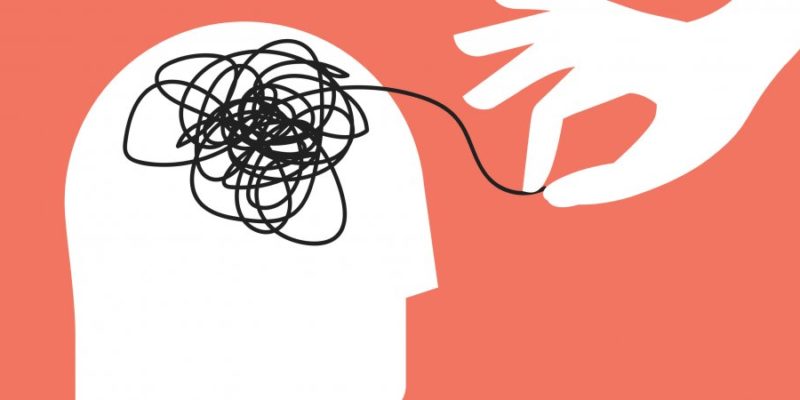The pandemic has changed our lives in a way we’ve never experienced. Two years into it, many leaders are finding that making simple decisions has become increasingly more difficult. We’re exhausted, overwhelmed, and unmotivated. Simply put, too many of us are burned out.
The post-pandemic world is grappling with finding new ways of doing almost everything. And finding a simple way to make effective decisions in the midst of the stress and chaos of our busy lives is no exception.
In her new book, The Joy Choice, sustainable-behavior-change researcher, pioneer, and innovator, Dr. Michelle Segar, introduced an interesting mental process to explain how the brain works, especially when we are juggling work obligations with real-world needs. “The amount of unexpected things we encounter is directly proportional to the number of roles we inhabit in our daily lives,” she explains. “If our lives are high-stress, demanding, and call us in different directions, cognitive overload leaves little room or energy for clear thinking. It’s one thing to think you should be able to make good decisions, but it’s another thing to have a tool that actually supports the way your brain makes effective decisions.”
The POP! decision tool
Segar calls it the POP! decision tool, which she designed to cut through the noise so we can navigate the in-the-moment choices we are so often called on to make. She says that “it can help bypass burnout’s default to either-or thinking and support the mental flexibility that powers innovation and creativity.”
POP! has three easy-to-recall steps that create the acronym you need to use in the moment or choice:
1. Pause
Pause and take a slow breath. “Slow breathing has been shown to immediately improve our ability to focus,” says Segar. “It interrupts automatic thinking and allows us to shift gears, refocus, and see the real options that best serve us–likely more than you thought you had.” Burnout defaults to either-or thinking as a way to avoid being overwhelmed. But this perfection-based thinking actually thwarts creativity and stands in the way of optimal decision making.
2. Open up your options and play with the possibilities
The goal of this step is just to generate ideas and consider your options–no judgment. “The key word here is generate, not evaluate,” Segar explains. “Our brains are already set up for this type of flexible thinking, we just need to open the floodgates and let those ideas flow. See what you’ve got, flex your creativity, and let yourself play with the possibilities that arise.”
3. Pick the option that aligns with your values and goals
Evaluate the options you came up with. Which ones work better with your real needs today? Which ones make you grit your teeth just to think about? Which ones make you breathe a little easier or get you excited about the prospects? “Let go of the ‘perfect’ choice, let go of the ‘should’ choice,” says Segar. “The Joy Choice is the perfect imperfect option that aligns with your values and priorities, guiding you to make a sound decision that keeps you on track with your greater goals and needs.”
This simple tool cuts through the chaos and puts leaders back in in charge of their own decision-making. “In doing this we stay open to new ideas and creative solutions, and ensure that we keep making the choices that keep us in sync with our true priorities,” adds Segar.











Comments